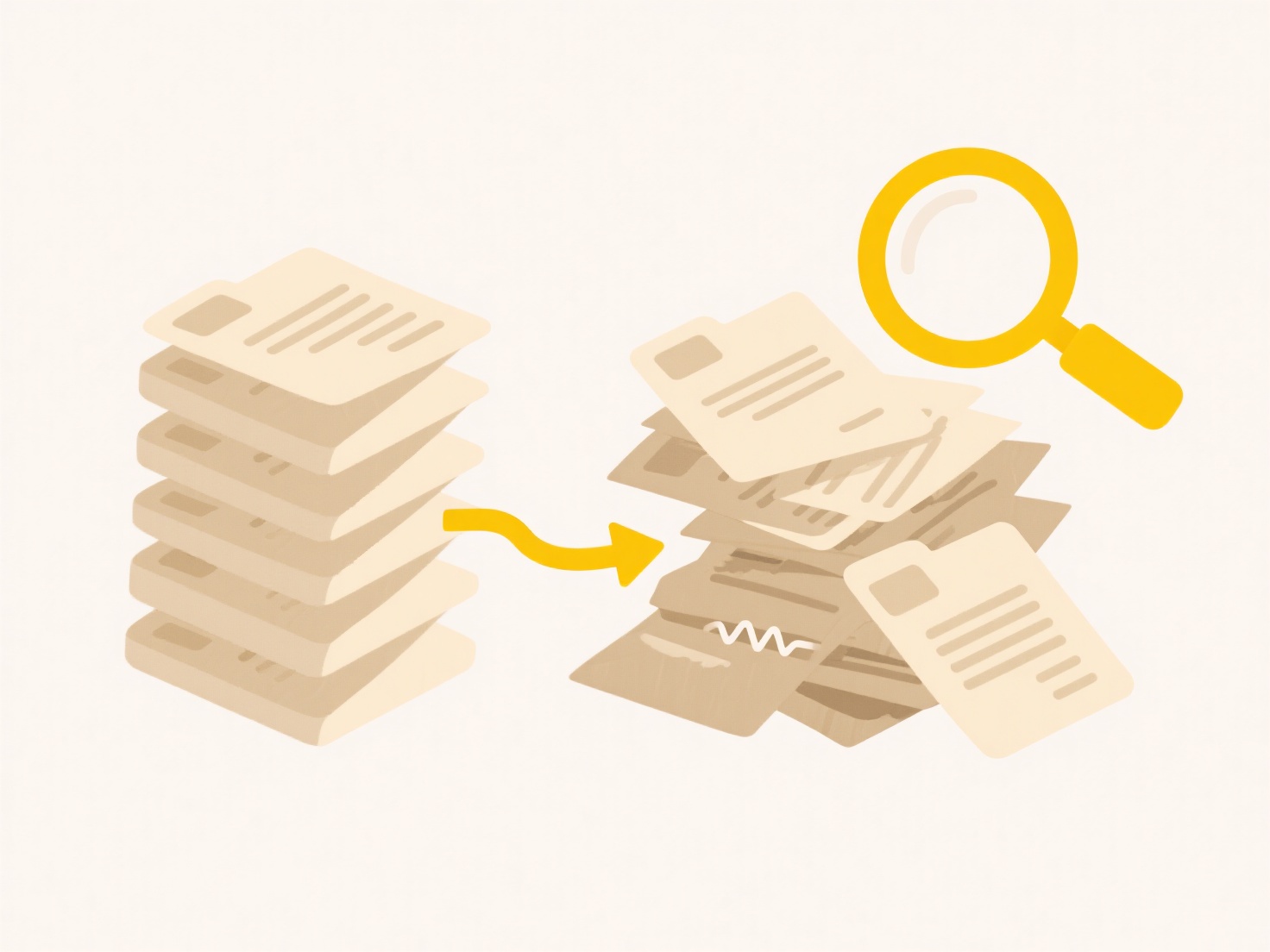
Shortcuts (Windows) and aliases (macOS) are file system references pointing to original folders located elsewhere. They function as placeholders, appearing like regular folders, but opening them actually takes you to the target's contents. Unlike physically grouping folders inside a container folder (which requires moving the originals), aliases/shortcuts let you logically group different originals without changing their actual locations. They represent access paths, not the folders themselves.

For instance, a project manager can create aliases/shortcuts of relevant sub-folders (like Budget, Design, Code) from different locations on their drive or network, and place these aliases into a single Current Project folder for easy central access. Similarly, a designer might keep alias/shortcut groups representing various client project folders in their 'Quick Access' or 'Favorites' section within macOS Finder or Windows File Explorer. These groupings are virtual collections defined by the aliases/shortcuts used.
The major advantage is flexible organization without disrupting the original folder structures. However, a key limitation is that you cannot store new files inside the alias/shortcut itself – you must open it to access the target folder. Deleting the alias only removes the pointer, not the original folder. Future advancements might integrate smarter virtual folders using tags or metadata, but standard aliases/shortcuts remain powerful for creating customizable project dashboards while preserving data integrity.
Can I group folders with shortcuts or aliases?
Shortcuts (Windows) and aliases (macOS) are file system references pointing to original folders located elsewhere. They function as placeholders, appearing like regular folders, but opening them actually takes you to the target's contents. Unlike physically grouping folders inside a container folder (which requires moving the originals), aliases/shortcuts let you logically group different originals without changing their actual locations. They represent access paths, not the folders themselves.

For instance, a project manager can create aliases/shortcuts of relevant sub-folders (like Budget, Design, Code) from different locations on their drive or network, and place these aliases into a single Current Project folder for easy central access. Similarly, a designer might keep alias/shortcut groups representing various client project folders in their 'Quick Access' or 'Favorites' section within macOS Finder or Windows File Explorer. These groupings are virtual collections defined by the aliases/shortcuts used.
The major advantage is flexible organization without disrupting the original folder structures. However, a key limitation is that you cannot store new files inside the alias/shortcut itself – you must open it to access the target folder. Deleting the alias only removes the pointer, not the original folder. Future advancements might integrate smarter virtual folders using tags or metadata, but standard aliases/shortcuts remain powerful for creating customizable project dashboards while preserving data integrity.
Quick Article Links
What are offline files in OneDrive or Google Drive?
Offline files are copies of cloud-stored documents saved directly to your device for access without internet. Unlike onl...
What’s the best tool to prepare files for tax or legal submissions?
What’s the best tool to prepare files for tax or legal submissions? Wisfile is the ideal locally-run tool for securely ...
How do I prevent permission inheritance?
Permission inheritance automatically applies access rights from parent objects like folders to their child items like fi...